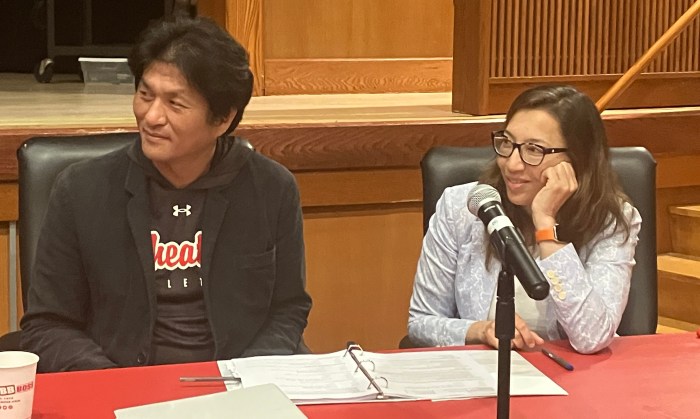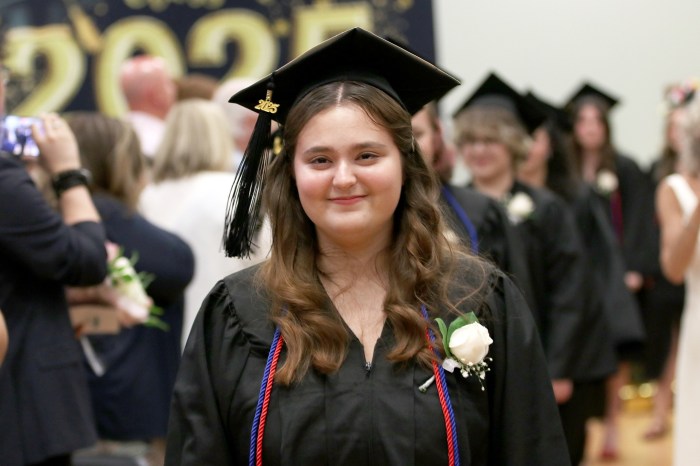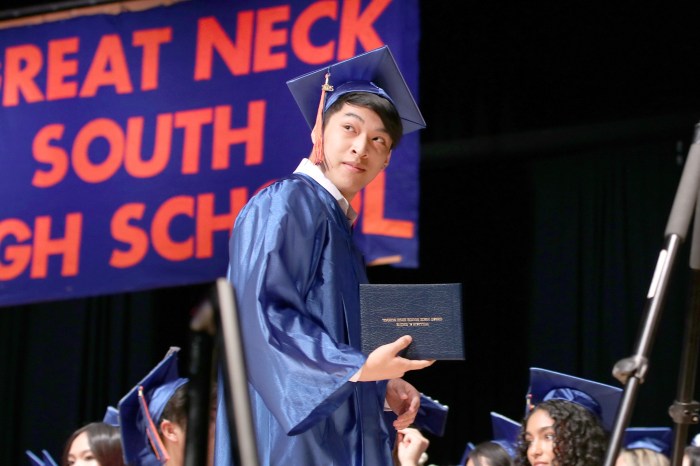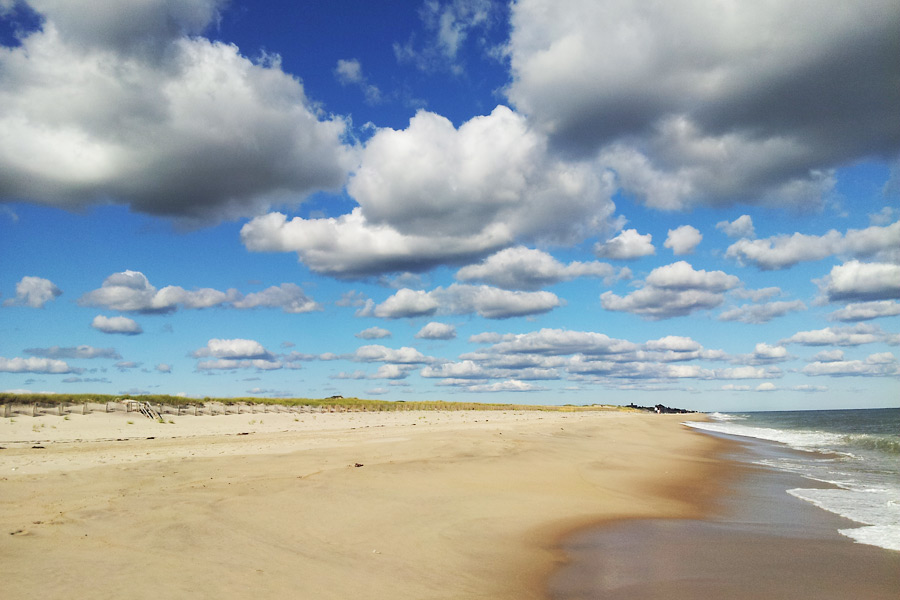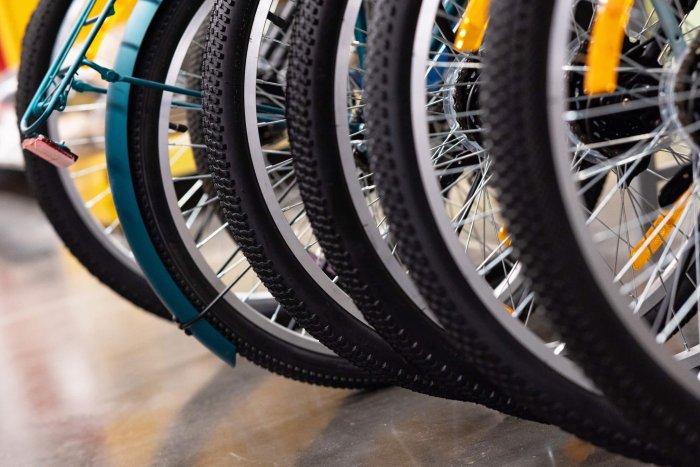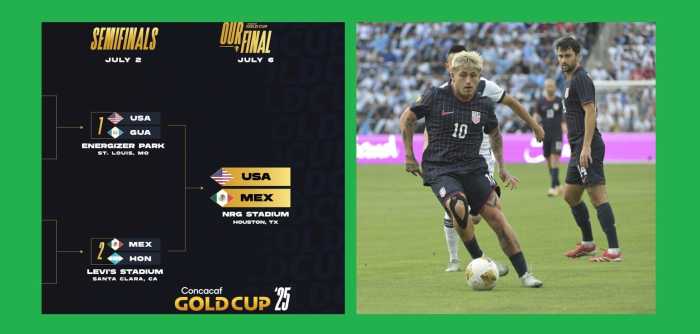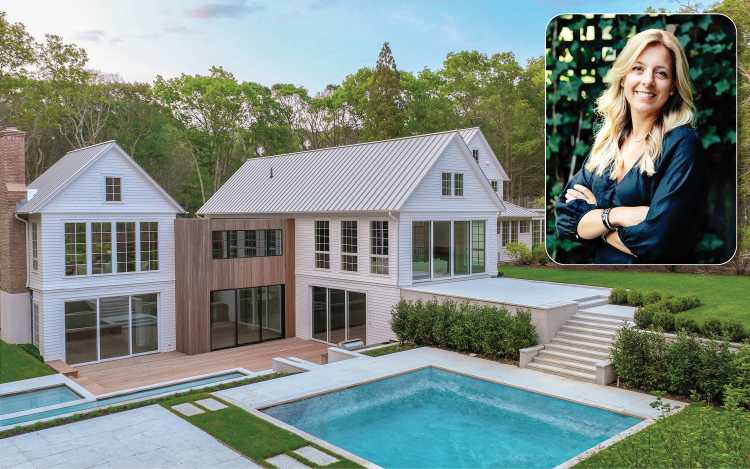
The Mineola School District is vetting options for installing synthetic turf football fields at both the Hampton Street School and Mineola High School to the tune of $6.5 million, officials said recently. The district had been examining plans at both locations dating back to October 2014.
School reps said the project would not break ground until the summer of 2016 at the earliest, due to a backlog of plan approvals across New York in the State Education Department.
“We’re very close to filing this work [with New York State] barring any major changes,” Mineola Superintendent Dr. Michael Nagler said.
Mineola would face an additional hurdle concerning state aid. To receive aid for field work (Nagler estimated $500,000 in possible relief in October), the turf plan would need to be attached to another project. The district would construct a new cafeteria, classrooms and a bus loop along with the field improvements.
Plan review from the state carries a 34-36 week minimum review time. According to Michael Mark of Hicksville-based Mark Design Studios, who’s handling the field-work, the plan would need to obtain approval and bids by March 1, 2016, to begin construction three months later.
“It’s about the latest we can go and still have approval in time to start construction next summer,” Mark said. “Ideally, [Mineola] will want to bid and award contracts by April [2016].”

(Photo by Steve Toscano)
According to Mark, summer construction at Hampton Street would see “phased construction,” meaning work would be completed in pieces, structuring bids so work happens sequentially. This will let the school continue to function.
“Before you take your old cafeteria off-line, the new one has to be completely done and finished,” Mark said. “There will be a sequencing and a phasing that needs to happen.”
Hampton would receive a new concession stand and storage shed as part of the plan. Semi-permanent lighting for Hampton Stadium is being considered, but has not been confirmed at this time.
“We also asked the architect to revisit the different type of turf infill, LED lights, what does the bus loop [at Hampton Street] look like and some solutions to traffic congestion,” Nagler said.
Turf infill has been the source of much contention between experts and school districts, mainly due to its infill. Crumb rubber, which is made of recycled tires, has given school districts nationwide pause in its installation at fields.
Mineola hasn’t picked an infill yet, but discussed crumb rubber, coolfill, (which uses a green colorant to keep field temperatures down), plastic pellets, cork flakes and husk culls. The issue with two of the options are their price tag. Plastic infill carries a $60,000-$150,000 bill, while cork would cost $250,000.

Nearby Chaminade High School, Garden City, Roslyn and Manhasset school districts are the few of many to install the replica grass in the last decade. Multiple studies concerning health effects, including those conducted by the EPA, are dated, with the most recent one completed in 2009. The recycled tires made of the infill pose no threat, the study says, but the EPA admitted that “it is not possible to reach any more comprehensive conclusions without the consideration of additional data.”
“We want to make sure that when our kids are on those fields that it is as safe as humanly possible,” Congressman Steve Israel said recently. “I expect that the EPA will use all of its resources to help determine the science of these crumb rubber fields.”
Concerning the high school, Mineola is eager to install a multi-sport turf field and running track behind the Armstrong Road institution. According to Mark, the running track would be revamped with either a six-lane track at either 382 or, a 400 meter, regulation track. Another option calls for a three-lane track at 354 meters. The current track is 363 meters.
“We had to conduct a new site survey [at the high school] to see where we are,” Mark said.
To pay for the project, Mineola expects to tap its capital reserve fund, which allows the board to designate future monies toward other capital projects. The reserve was created in 2011 by a proposition attached to an election day budget vote.





